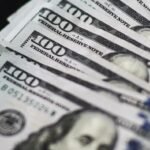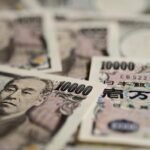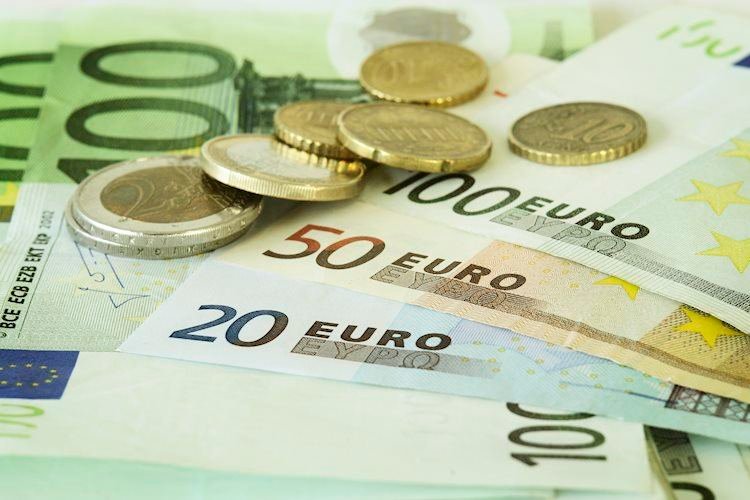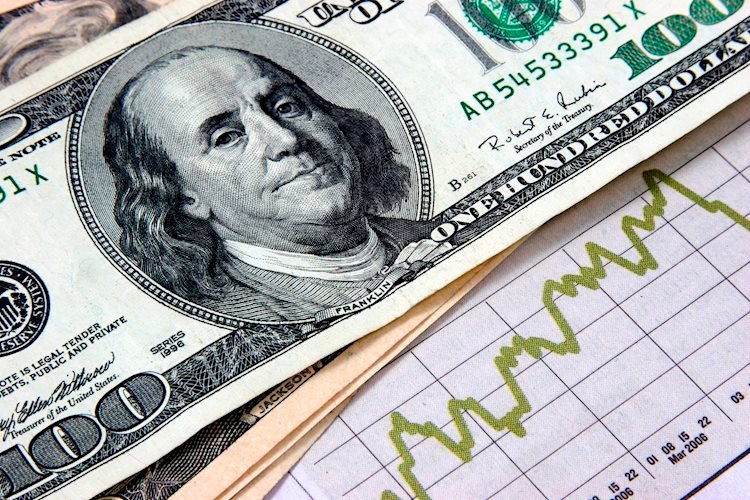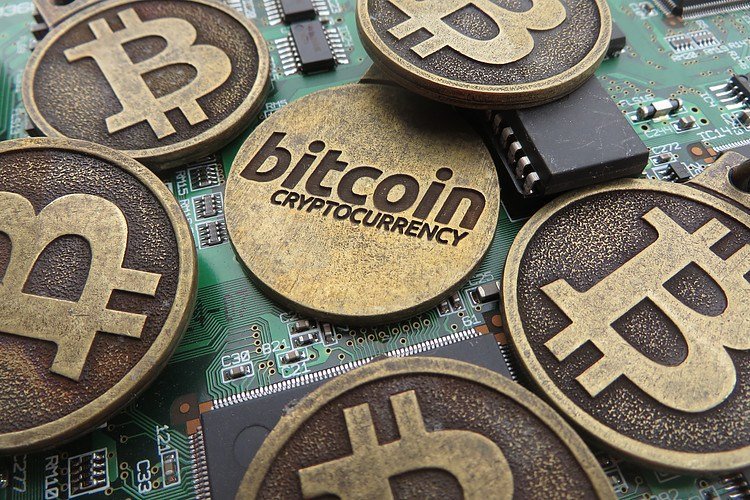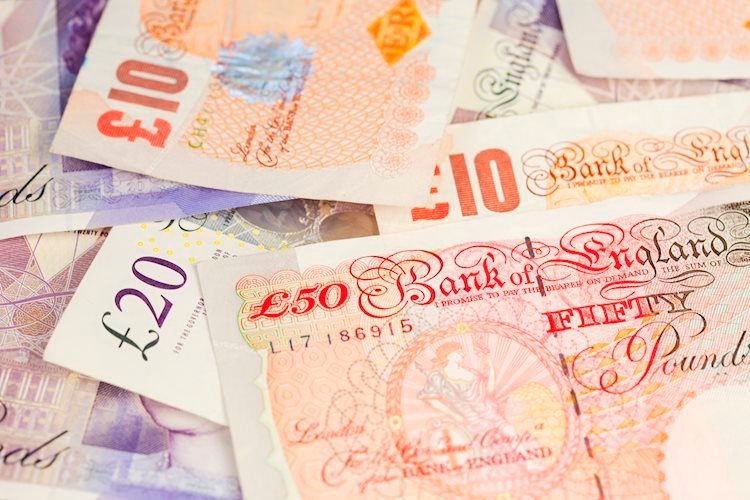- EUR/USD holds gains above 1.1100 as investors expect the Fed to continue its aggressive policy-easing cycle.
- The Fed sees interest rates declining to 4.4% by year-end.
- ECB Nagel said that inflation is still higher than the ECB would like to see.
EUR/USD surrenders some of its intraday gains but holds the crucial support of 1.1100 in Thursday’s North American session. The major currency pair faces nominal pressure as the US Dollar (USD) bounces back after the release of lower-than-expected Initial Jobless Claims data for the week ending September 13. The data showed that the number of individuals claiming jobless benefits for the first time came in at 219K, lower than estimates and the prior release of 230K.
The USD, tracked by the DXY, recovers its intraday losses and rebounds to near 101.00. However, its outlook remains uncertain due to Federal Reserve’s (Fed) bumper interest rate cut and expectations of further policy-easing. The Fed delivered its first interest rate cut move in more than four years, cutting its key borrowing rates by 50 basis points (bps) to 4.75%-5.00%. This large cut by the Fed indicated that policymakers are committed to preventing a further deterioration in labor market conditions and are confident about progress in inflation falling towards the bank’s target of 2%.
Fed Chair Jerome Powell said at the press conference following the policy decision that the United States (US) is not exposed to a recession or even a slowdown. However, market participants expect that the Fed’s policy-easing cycle will be quite aggressive compared to that of other central banks.
According to the CME FedWatch tool, the central bank is expected to cut interest rates by 75 bps in the two meetings remaining this year, suggesting that there will be one more 50 bps rate cut either in November or December. 30-day Federal Funds Futures pricing data shows that the likelihood for the Fed reducing interest rates by 50 bps to 4.25%-4.50% in November is at 35% while the rest favors a 25-bps rate cut.
On the contrary, the Fed’s dot plot showed that policymakers see the federal funds rate heading to 4.4% by the year-end.
Daily digest market movers: EUR/USD holds gains amid uncertainty over ECB’s interest rate path
- EUR/USD gains at the US Dollar’s expense, while the outlook of the Euro (EUR) is uncertain due to a growing debate about the European Central Bank’s likely interest rate path. ECB policymakers are divided over the policy-easing pace due to mixed views on the inflation outlook.
- ECB Governing Council member Peter Kazimir and President of Deutsche Bundesbank Joachim Nagel said they want to see more evidence to make sure that inflation will return to the levels the bank wants to see. Nagel said on Wednesday that he supports keeping interest rates sufficiently high to resolve price pressures, Reuters reported. Also, ECB Isabel Schnabel said in Thursday’s European trading hours that sticky services inflation is keeping headline inflation at an elevated level.
- On the contrary, ECB Governing Council member and Bank of France President François Villeroy de Galhau said last week that more rate cuts are needed to avoid the risk of inflation coming in too low. The comments from Villeroy came after the ECB delivered its second interest rate cut decision of its current policy-easing cycle.
- Currently, market participants expect that the ECB will cut interest rates one more time in any of its remaining monetary policy meetings this year.
Technical Analysis: EUR/USD aims to seize 1.1150
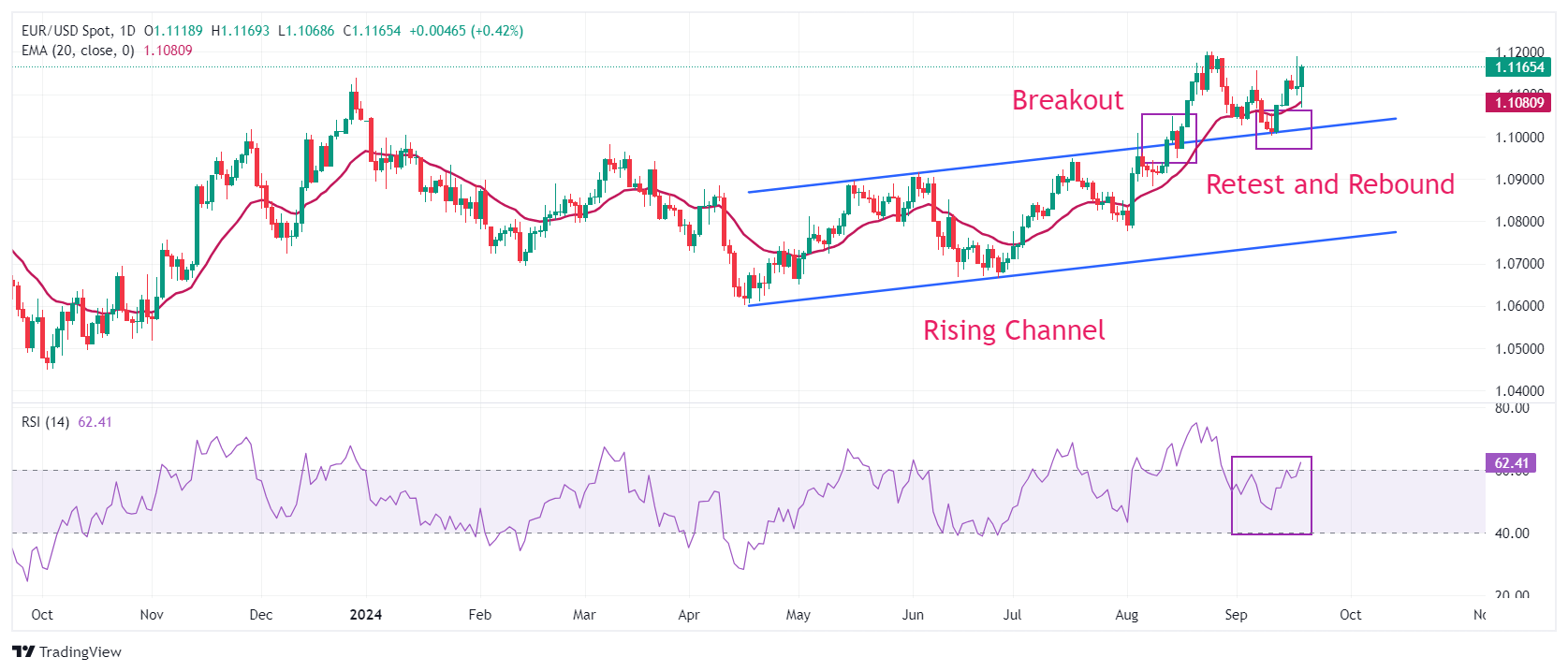
EUR/USD struggles to hold above 1.1150 in North American trading hours in an intraday turnaround move after declining to near the 20-day Exponential Moving Average (EMA), which trades around 1.1060.
The major currency pair remains firm as it has confidently recovered after retesting the breakout of the Rising Channel chart pattern formed on a daily time frame near the psychological support of 1.1000.
The 14-day Relative Strength Index (RSI) moves higher to near 60.00. A bullish momentum would trigger if it sustains above the aforementioned level.
Looking up, the round-level resistance of 1.1200 will act as a major barricade for the Euro bulls. On the downside, the psychological level of 1.1000 and the July 17 high near 1.0950 will be major support zones.
Fed FAQs
Monetary policy in the US is shaped by the Federal Reserve (Fed). The Fed has two mandates: to achieve price stability and foster full employment. Its primary tool to achieve these goals is by adjusting interest rates. When prices are rising too quickly and inflation is above the Fed’s 2% target, it raises interest rates, increasing borrowing costs throughout the economy. This results in a stronger US Dollar (USD) as it makes the US a more attractive place for international investors to park their money. When inflation falls below 2% or the Unemployment Rate is too high, the Fed may lower interest rates to encourage borrowing, which weighs on the Greenback.
The Federal Reserve (Fed) holds eight policy meetings a year, where the Federal Open Market Committee (FOMC) assesses economic conditions and makes monetary policy decisions. The FOMC is attended by twelve Fed officials – the seven members of the Board of Governors, the president of the Federal Reserve Bank of New York, and four of the remaining eleven regional Reserve Bank presidents, who serve one-year terms on a rotating basis.
In extreme situations, the Federal Reserve may resort to a policy named Quantitative Easing (QE). QE is the process by which the Fed substantially increases the flow of credit in a stuck financial system. It is a non-standard policy measure used during crises or when inflation is extremely low. It was the Fed’s weapon of choice during the Great Financial Crisis in 2008. It involves the Fed printing more Dollars and using them to buy high grade bonds from financial institutions. QE usually weakens the US Dollar.
Quantitative tightening (QT) is the reverse process of QE, whereby the Federal Reserve stops buying bonds from financial institutions and does not reinvest the principal from the bonds it holds maturing, to purchase new bonds. It is usually positive for the value of the US Dollar.
